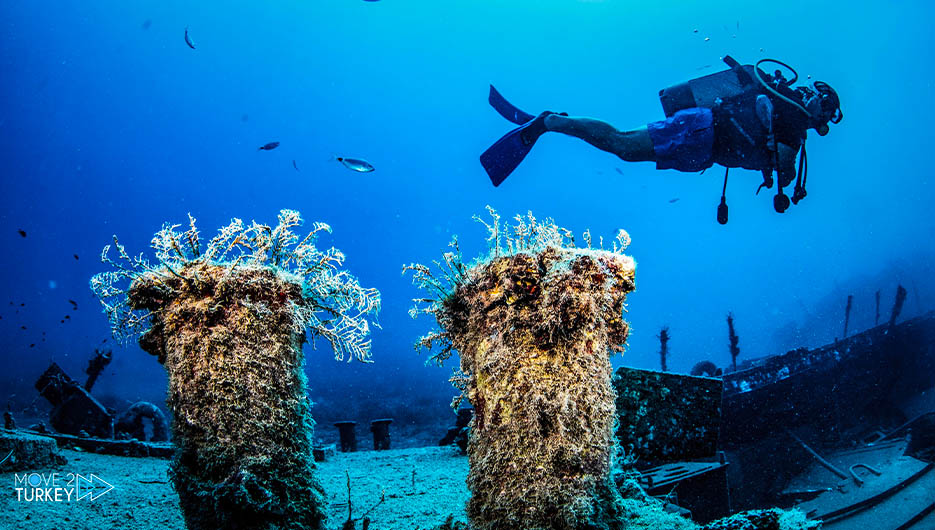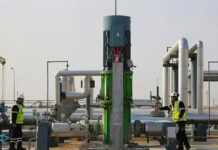
Within the framework of the excavations of these marine munitions, Turkish academic efforts continue by teams made up of archaeologists from several countries around the world.
-Advertisement-
Recently, it was announced that a team of academics had found the wrecks of 14 sunken ships off the coast of Antalya overlooking the Mediterranean Sea in southern Turkey, bringing the number of shipwrecks discovered since the year 2000 to more than 350.
The Mediterranean Sea is rich in historical wealth represented by the wrecks of ships dating back to different eras, up to more than a thousand centuries BC.
To find out the details of this scientific discovery, Anatolia met the Turkish academic and scientist in the field of underwater archeology, Dr. Haqan Oniz, who is also the head of the Underwater Cultural Heritage Department at the Mediterranean Civilizations Research Institute and the head of the Department of Protection and Restoration of Cultural Heritage at the Faculty of Fine Arts at the Turkish University of Akdeniz.
-Advertisement-
Onez said: “A team of academics found the wrecks of 14 sunken ships during the implementation of a range of research and marine exploration activities over the past summer.”
Oniz added, “We, in cooperation with the Ministry of Culture and Tourism, conducted studies to uncover the underwater cultural heritage in the states of Antalya and Mersin, using the scientific research ship “Arkyu” of Akdeniz University.”
He pointed out that “the team included 22 graduate and doctoral students from 14 countries, including Sweden, Mozambique, the United States of America and Poland.”
He stated that “excavations, research and archaeological discoveries were carried out using advanced means and equipment.”
-Advertisement-
“In these works, we used documentation methods by sending acoustic signals to the depths using side-scan sonar devices,” Oniz continued.
He said, “We have 3 underwater robots that can take samples from a depth of 250 meters and carry out documentation and exploration work in the water and bottom areas.”
And he added, “In this context, the team is conducting studies to locate sunken shipwrecks near islands, capes and rocks, by diving in natural harbors or by using robots and sonar devices.”
“We conducted a very comprehensive study during the summer months of this year along the beaches of Antalya and found the wrecks of 14 sunken ships dating back to the period from the seventh century BC to the twelfth century BC,” Oniz explained.
-Advertisement-
He continued, “Studies conducted on the wreckage showed that the sunken ships were loaded with (Greek) amphorae jars that were transported with a group of marine and agricultural products such as olive oil, dried fish and wine through the Mediterranean ports.”
He added, “The studies we conducted proved once again that the coasts of Anatolia and the Mediterranean Sea were used from ancient times on a large scale for commercial and military purposes.”
And he added, “We found in the wreckage of one of the ships materials such as bricks and building materials that were produced during the Roman period, about 2,000 years ago.”
“Ship anchors are an important factor when studying shipwrecks,” Oniz said.
-Advertisement-
He said, “We found ship anchors dating back to the Bronze Age. This is very important and exciting. These anchors help researchers know the history of shipbuilding and the date of their sinking.”
“I can proudly say that the number of shipwrecks that we have discovered since the year 2000 has exceeded 350,” Oniz concluded. It is an open-air maritime museum.






















